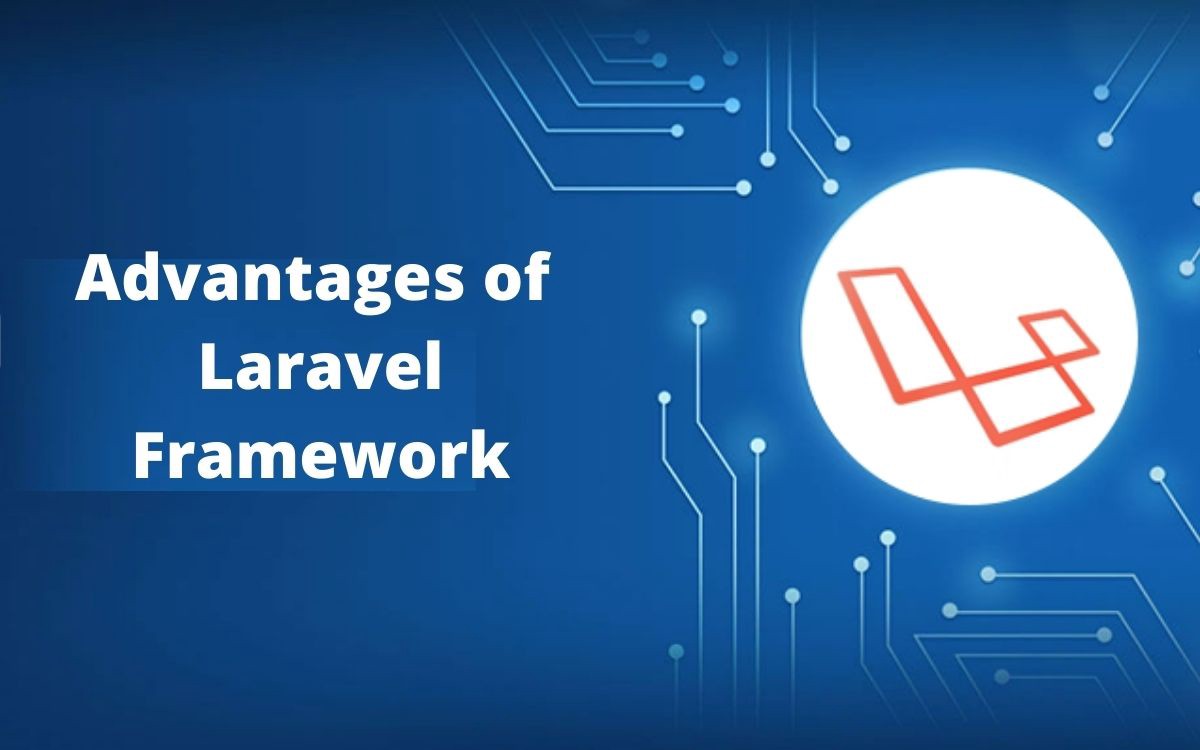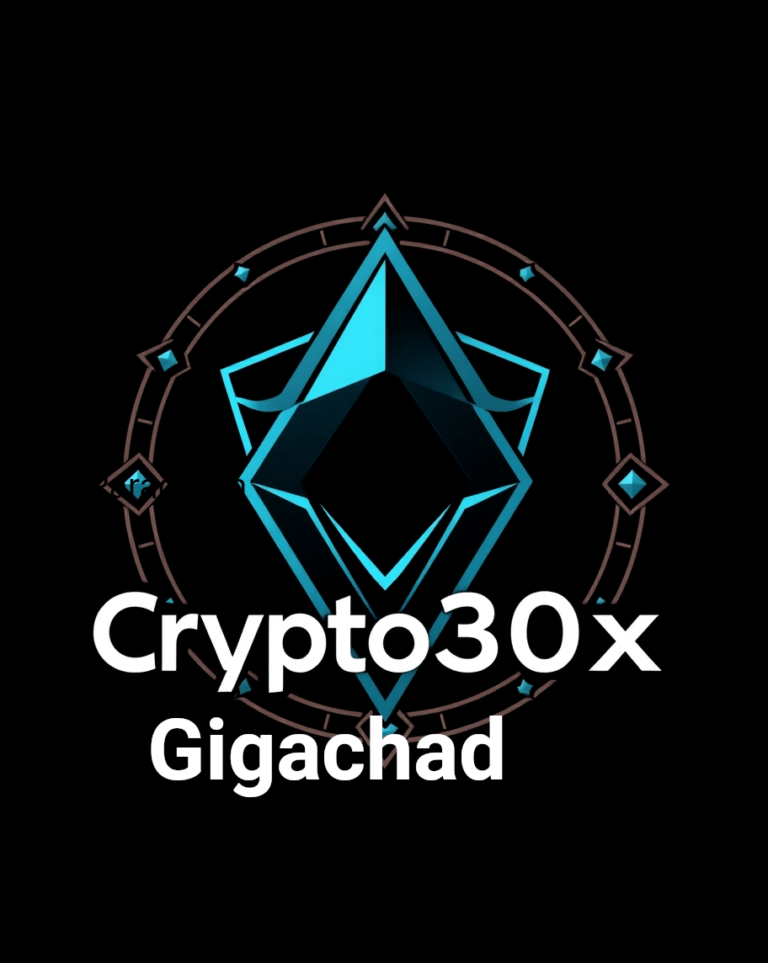What is the Laravel Framework: The Best Choice for PHP Web Development
The Laravel framework is one of the most popular PHP web development frameworks. It is an open-source framework that was created by Taylor Otwell in 2011. Laravel is a free, easy-to-use, and powerful toolkit for creating web applications. It has an expressive syntax that makes it easy to read and write. Laravel comes with a wide range of features that make it the best choice for PHP web development. In this blog post, we will take a look at some of these features and how they can benefit your web development project.
What is Laravel?
Laravel is a free, open-source PHP web framework created by Taylor Otwell and intended for the development of web applications following the model–view–controller (MVC) architectural pattern. Laravel is considered to be one of the most popular PHP frameworks available. It has been downloaded more than 1 million times since its inception in 2011.
Laravel aims to make the development process a pleasing one for developers by easing common tasks used in the majority of web projects, such as authentication, routing, sessions, caching, and templating. It also strives to provide its own toolkit for testing so that developers can have confidence their code will work as expected. Laravel follows a philosophy that explicit is better than implicit.
The Benefits of Laravel
Laravel is a powerful PHP framework that provides an extensive set of features for web development. It is an open-source framework that helps in the rapid development of applications. Laravel follows the MVC (Model-View-Controller) architectural pattern and provides a robust set of tools for application development.
Some of the benefits of using Laravel are:
1. Easy to Use: Laravel is easy to use and does not require any complicated installation procedures. It has an intuitive syntax that makes it simple and straightforward to use.
2. MVC Architecture: Laravel follows the MVC architectural pattern which helps in providing a well-organized structure for the application code. This results in better performance and maintainability of the code.
3. Blade Templating Engine: Laravel comes with its own templating engine called Blade. It provides various handy template tags that can be used in your views to generate dynamic content. Blade templates are compiled into PHP code and cached until they are modified, so they load faster than traditional PHP templates.
4. Eloquent ORM: Eloquent is the Object Relational Mapper (ORM) included with Laravel. It makes working with databases very simple and provides an ActiveRecord implementation for working with your data. With Eloquent, you can define your models and their relationships, and then query for data in various ways. Additionally, you can create powerful scopes to constrain your queries further
The Different Features of Laravel
Laravel is a comprehensive PHP framework that includes everything you need to get started with web development. The different features of Laravel make it the ideal choice for PHP web development.
Some of the main features of Laravel include:
1. Blade templating engine: Blade is a powerful templating engine that makes it easy to create and maintain complex websites.
2. Eloquent ORM: Eloquent is an object-relational mapper that makes it easy to work with databases.
3. Artisan CLI: Artisan is a command-line interface that provides tools for managing your Laravel application.
4. Security: Laravel includes built-in security features such as data encryption and password hashing.
5. Testing: Laravel provides an extensive testing API to make it easy to write and maintain tests for your application.
Why Choose Laravel for PHP Development?
The Laravel framework is one of the most popular PHP frameworks available.
When it comes to choosing a PHP framework for web development, Laravel is often the first choice for many developers. This is because Laravel offers many benefits over other frameworks.
Some of the reasons why you should choose Laravel for PHP development are:
1. It has excellent documentation that makes it easy to learn and use.
2. It has a large community of developers who can help you with any questions or problems you may have.
3. It is very flexible and can be used for projects of all sizes.
4. It has a lot of built-in features that make development faster and easier.
5. It integrates well with other tools and services, making it easy to set up a complete development environment.
How to Get Started with Laravel
If you’re a PHP developer looking for a web development framework, you’ve probably heard of Laravel. Laravel is one of the most popular PHP frameworks, used by millions of developers around the world.
If you’re new to Laravel, or PHP frameworks in general, don’t worry! Laravel is a free and open-source PHP web framework, created by Taylor Otwell. It follows the model-view-controller (MVC) architectural pattern.
One of the main benefits of using a PHP framework like Laravel is that it can make your development process much easier and faster. With Laravel, you can avoid writing repetitive code, and focus on building your application logic.
Another benefit of using Laravel is that it comes with a lot of built-in features, such as user authentication and authorization, routing, database abstraction, and more. You can also find many helpful community-built packages to add even more functionality to your Laravel apps.
composer create-project –prefer-dist laravel/laravel my to-do list
This will create a new directory called “mytodolist” which contains a fresh installation of Laravel. Next, we need to set up a database for our application. For this example, we’ll assume you’re using MySQL. If you don’t have MySQL installed on your machine, you can download it here.
Once MySQL is installed and running, create a new database
If you’re new to the Laravel framework, this guide will show you how to get started. Laravel is a PHP web application framework with expressive, elegant syntax. It’s perfect for building dynamic websites and web applications.
Laravel has a few system requirements:
– PHP >= 7.1.3
– OpenSSL PHP Extension
– PDO PHP Extension
– Mbstring PHP Extension
– Tokenizer PHP Extension
– XML PHP Extension
A composer is important for installation. If you don’t have Composer installed on your machine, you can download it from https://getcomposer.org/. Once you have Composer installed, you can use it to install Laravel by running the following command from your terminal:
composer create-project –prefer-dist laravel/laravel my_project_name
Laravel is a great choice for PHP web development and has a lot to offer.
First, you need to download and install Laravel. You can find the installation instructions here: https://laravel.com/docs/5.2/installation
Once you have installed Laravel, you need to choose a text editor or IDE (Integrated Development Environment). We recommend using Sublime Text 3 or Visual Studio Code.
Next, you need to create a new project in Laravel. You can do this by running the following command in your terminal:
$ laravel new my-project
This will create a new folder called my-project which contains all of the files needed for your Laravel project.
Now that you have created a new project, you can start working on your website or application. Laravel comes with many built-in features that make development easier and faster. For example, Laravel includes a routing system that makes it easy to define routes and controller actions.
Laravel also has an object-relational mapper (ORM) called Eloquent which makes it easy to work with databases. Eloquent provides an ActiveRecord implementation for working with your database data.
Conclusion
There is no doubt that the Laravel framework is one of the best choices for PHP web development. It offers a wide range of features and benefits that make it an ideal choice for both small and large-scale projects. If you are looking for a reliable and efficient PHP web development solution, then Laravel should definitely be your first choice.






